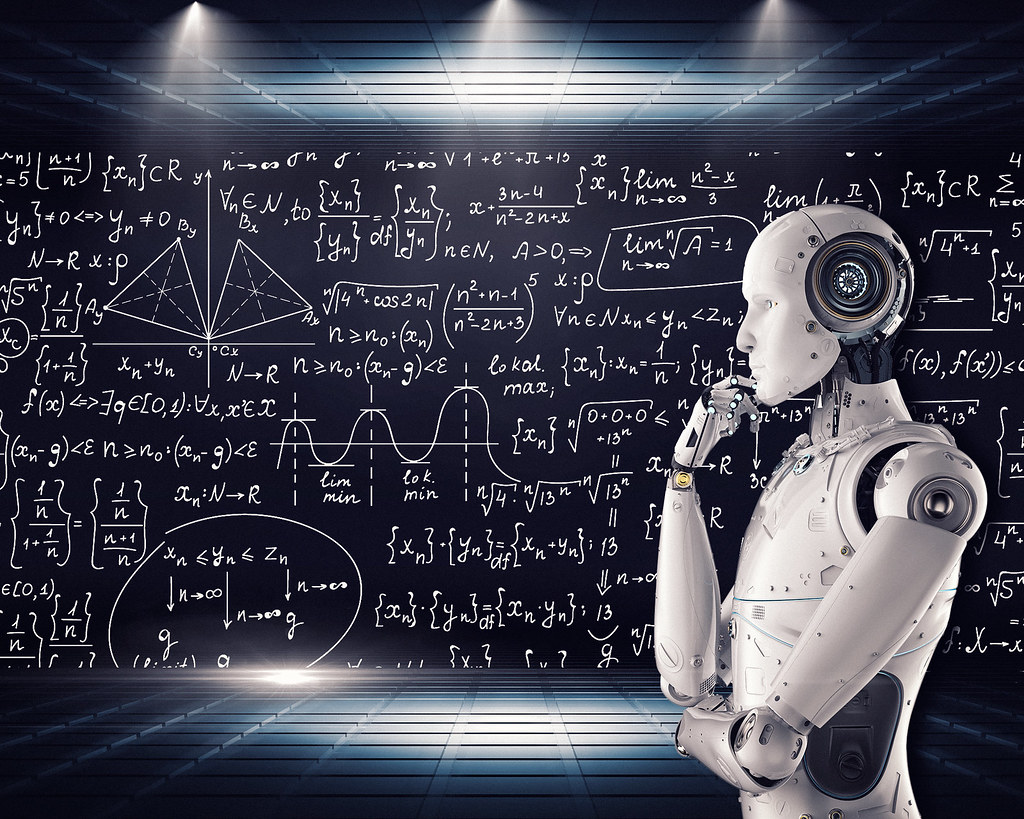Introduction:
Geospatial datasets have emerged as a cornerstone in the realm of machine learning, providing a rich source of information about our planet. These datasets, comprising spatial and geographic information, offer a unique perspective that fuels a wide array of applications, from mapping and navigation to environmental monitoring and urban planning. This exploration delves into the vast landscape of geospatial datasets, unveiling their significance, applications, and the transformative role they play in shaping machine learning models for a variety of purposes.
The Significance of Geospatial Datasets:
1. Spatial Context:
- Geospatial datasets encapsulate the spatial context of our world, providing information about the locations, shapes, and relationships between various geographic entities. This spatial context is crucial for understanding and solving real-world problems that involve geographic components.
2. Multi-Dimensional Information:
- Unlike traditional datasets, geospatial datasets add a multi-dimensional layer to the information. Beyond attributes like demographics or sales figures, these datasets incorporate the geographical dimension, allowing for more nuanced analyses and predictions.
3. Dynamic Nature:
- Geospatial data is dynamic, capturing changes in the landscape over time. This dynamic nature enables the tracking of trends, monitoring of natural phenomena, and adaptation to evolving conditions, making it a valuable resource for decision-making.
Types of Geospatial Datasets:
1. Satellite Imagery:
- Satellite imagery datasets provide high-resolution images of the Earth’s surface. These images are invaluable for applications such as land cover classification, environmental monitoring, and disaster response.
2. GIS (Geographic Information System) Data:
- GIS datasets encompass a variety of spatial data, including maps, layers, and features representing physical and cultural attributes of the environment. This data serves as the foundation for many geospatial analyses and applications.
3. Topographic Data:
- Topographic datasets contain information about the elevation, terrain, and physical features of the Earth’s surface. This data is crucial for applications like flood modeling, infrastructure planning, and landscape analysis.
4. Location-Based Services (LBS) Data:
- LBS datasets include information about the location and movement of individuals or objects. This data is used in applications like navigation, location-based marketing, and tracking the spread of diseases.
5. Geocoded Social Media Data:
- Geocoded social media datasets provide information about user-generated content with spatial context. This data is employed in studies related to urban dynamics, sentiment analysis, and understanding social trends.
Applications of Geospatial Datasets in Machine Learning:

1. Mapping and Navigation:
- Geospatial datasets form the backbone of mapping and navigation applications. Machine learning models utilize these datasets to provide accurate directions, real-time traffic updates, and efficient route planning.
2. Environmental Monitoring:
- Satellite imagery and topographic data contribute to environmental monitoring efforts. Machine learning models analyze these datasets to track deforestation, monitor changes in land cover, and assess the impact of climate change on ecosystems.
3. Disaster Response and Management:
- Geospatial datasets play a crucial role in disaster response and management. Machine learning models leverage satellite imagery and GIS data to assess the extent of damage, identify areas at risk, and optimize resource allocation during emergencies.
4. Urban Planning and Infrastructure Development:
- GIS data and topographic information aid in urban planning and infrastructure development. Machine learning models analyze these datasets to optimize city layouts, plan transportation networks, and assess the impact of new developments on the environment.
5. Precision Agriculture:
- Geospatial datasets are instrumental in precision agriculture, where machine learning models use satellite imagery and location-based data to optimize crop management, monitor soil health, and enhance overall agricultural efficiency.
6. Wildlife Conservation:
- Satellite imagery and GIS data support wildlife conservation efforts. Machine learning models analyze these datasets to track animal migration patterns, monitor poaching activities, and assess the impact of environmental changes on biodiversity.
7. Real Estate and Property Valuation:
- Geospatial datasets contribute to real estate and property valuation by providing insights into factors such as location, proximity to amenities, and neighborhood characteristics. Machine learning models can predict property values and assist in making informed investment decisions.
Techniques for Analyzing Geospatial Datasets:
1. Spatial Analysis:
- Spatial analysis involves examining patterns and relationships within geospatial datasets. Machine learning techniques, such as clustering and spatial regression, can uncover insights about the spatial distribution of phenomena, such as crime rates or disease prevalence.
2. Object Detection in Satellite Imagery:
- Machine learning models can be trained for object detection in satellite imagery, enabling the identification of specific features such as buildings, roads, or vegetation. This is crucial for applications like urban planning and infrastructure development.
3. Time-Series Analysis:
- Time-series analysis of geospatial data allows for the study of changes over time. Machine learning models can detect trends, anomalies, and seasonality in datasets, aiding in the monitoring of environmental changes or the assessment of urban development patterns.
4. Geostatistics:
- Geostatistical techniques, including kriging and spatial interpolation, are used to analyze and predict values at unmeasured locations within a geographic area. Machine learning models can enhance the accuracy of geostatistical predictions by incorporating additional features.
5. Geographic Clustering:
- Geographic clustering involves grouping spatially close entities based on certain characteristics. Machine learning algorithms, such as k-means clustering, can identify clusters within geospatial datasets, helping to uncover patterns and trends in the data.
Challenges in Geospatial Datasets and Machine Learning:
1. Data Quality and Resolution:
- The quality and resolution of geospatial data can vary, impacting the accuracy of machine learning models. Low-resolution satellite imagery or inaccuracies in GIS data can lead to suboptimal model performance.
2. Data Integration:
- Integrating diverse geospatial datasets from different sources poses a challenge. Machine learning models may need to reconcile inconsistencies and variations in data formats to create a unified and coherent dataset.
3. Computational Complexity:
- Analyzing large-scale geospatial datasets can be computationally intensive. Machine learning models may face challenges in processing and extracting meaningful insights from massive datasets within a reasonable timeframe.
4. Privacy Concerns:
- Geospatial data often involves location information, raising privacy concerns. Machine learning applications must navigate the balance between extracting valuable insights and respecting individuals’ privacy rights, especially in location-based services and social media data.
5. Interdisciplinary Collaboration:
- Effectively leveraging geospatial datasets requires collaboration between geographers, data scientists, environmental scientists, and domain experts. Interdisciplinary collaboration is essential to ensure that machine learning models align with the nuanced requirements of diverse applications.
Real-World Implications:

1. Public Health:
- Geospatial datasets are used in public health applications to track the spread of diseases, analyze environmental factors influencing health, and optimize the location of healthcare facilities for maximum accessibility.
2. Smart Cities:
- Machine learning models analyzing geospatial data contribute to the development of smart cities. These models optimize transportation networks, enhance energy efficiency, and improve overall urban planning for sustainable and resilient cities.
3. Conservation Efforts:
- Wildlife conservation efforts benefit from geospatial datasets, which help monitor and protect endangered species. Machine learning models assist in identifying poaching activities, tracking migration patterns, and evaluating the impact of environmental changes on ecosystems.
4. Agricultural Productivity:
- Precision agriculture, enabled by geospatial datasets and machine learning, enhances agricultural productivity. These technologies optimize irrigation, monitor crop health, and provide actionable insights for farmers to make informed decisions.
5. Emergency Response:
- During natural disasters, machine learning models analyzing geospatial datasets aid in emergency response efforts. These models assist in assessing the extent of damage, predicting disaster impacts, and guiding efficient resource allocation.
Future Directions in Geospatial Datasets and ML:
1. Integration with IoT:
- The integration of geospatial datasets with the Internet of Things (IoT) is a promising avenue. This collaboration can provide real-time, dynamic information, enhancing applications in smart cities, transportation, and environmental monitoring.
2. Automated Feature Extraction:
- Advancements in machine learning are driving the development of models capable of automated feature extraction from geospatial datasets. This includes the identification of relevant patterns, objects, and changes in satellite imagery without explicit human intervention.
3. Enhanced Spatial-Temporal Analysis:
- Future models are expected to improve spatial-temporal analyses, allowing for a deeper understanding of how geographic phenomena evolve over time. This can lead to more accurate predictions and timely interventions in response to changing conditions.
4. AI-Driven Cartography:
- AI-driven cartography involves using machine learning to create dynamic and adaptive maps. These maps can reflect real-time changes in the environment, offering a more accurate representation of the world for users in various domains.
5. Global Collaboration for Environmental Monitoring:
- Collaborative efforts on a global scale are essential for comprehensive environmental monitoring. Machine learning models analyzing geospatial data can benefit from shared datasets, fostering a collective approach to addressing global challenges such as climate change.
Conclusion:
Geospatial datasets, with their wealth of spatial information, are shaping the future of machine learning applications across diverse domains. From mapping and navigation to environmental monitoring and urban planning, the fusion of geospatial data with advanced machine learning techniques is unlocking new possibilities. As technology continues to advance, the integration of geospatial datasets with emerging technologies like IoT and the refinement of machine learning models for spatial analysis are poised to redefine how we understand and interact with our world. Navigating this landscape requires a collaborative and interdisciplinary approach, ensuring that the power of geospatial datasets is harnessed responsibly for the benefit of society and the planet.

